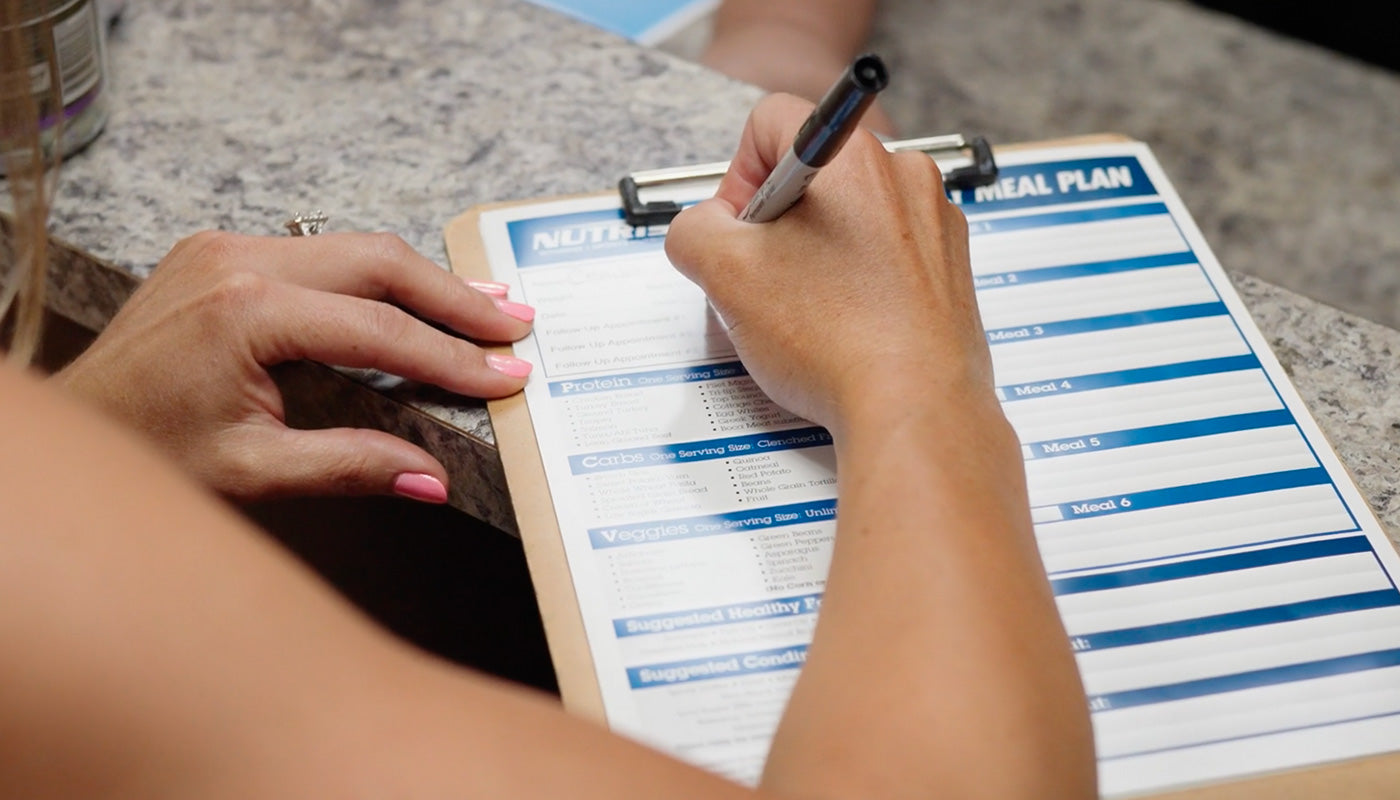Cardiovascular disease remains the number one cause of death in the United States, claiming one life every 34 seconds, according to the Centers for Disease Control and Prevention. If you’d like to improve your heart health odds but you only have 0 – 15 minutes for a workout, this article is for you.
Zero-minute Workouts
How could you enhance your heart health if you don’t have time to work out? Start by accumulating movement throughout the day. Every little bit counts. Not sure where to find movement opportunities? Try some of these:
- Park in the furthest spaces away from your work building and stores you go to. You will accumulate steps getting to your destination.
- Use the stairs instead of the elevator.
- Drink a gallon of water daily; in addition to health-promoting hydration, the habit will require more steps throughout the day as restroom frequency will be necessary.
- Perform household tasks inefficiently. Need to put laundry away? Move it from the washroom to the bedroom 1-2 pieces at a time. Need to vacuum? Stop the vacuum intermittently to move objects as you go instead of clearing the space first.
- Play. If you have kids or pets, choose playtime ideas that require movement.
- Do sit stands. Every time you go to sit at your desk, couch, or dining room table, perform 10 sit-down-stand-ups before you take a seat.
- Computer movement sequence. Stuck to the work computer? Stand up and perform 10 of each exercise each hour: High knees, butt kickers, calf raises, seated dips, desk push-ups and jumping jacks. Wearing heels? Slide them off before you begin. Co-workers looking at you funny? Get them to do it with you. Is your boss asking about your new habits? Explain how it helps you re-focus and be more effective and efficient by getting the blood flowing. Need research to prove it? Cite the Pomodoro time-management technique.
- Have a walking lunch. Choose a grab-n-go type lunch that you can eat while walking outdoors. Walking lunches are common in many other countries, and even some big U.S. cities too.
As you start accumulating movement, track your step count. Most smartphones will count steps for you (even without a tracker on your wrist). Are they perfect? No. Will they give you some baseline to understand how much you move each day? Yes.
Aim for 10,000 steps a day. While 10,000 isn’t a magic number, accumulating 10,000 steps a day will ensure you achieve well above the CDC’s minimum activity required for heart health. The CDC recommends a minimum of 150 minutes/week of accumulated activity. That equates to 30 minutes on at least five days of each week.

4-Minute Tabata Workout
While Tabata workout popularity is new, Tabata workouts date back to Dr. Tabata’s 1996 research on a 20-10-8 cardiovascular workout. Dr. Tabata’s research found that a 20-second “all-out” effort, followed by a 10-second rest, repeated for 8 rounds (in a 4-minute workout) produced similar cardiovascular benefits to longer workouts. While the original workouts were done on stationary bicycles, any major muscle group exercise can work.
Here’s how to create your own 4-minute Tabata workout:
- Select one non-isometric exercise that involves major muscle groups. Examples include burpees, running, elliptical, stationary biking, rowing, jumping rope, jumping jacks, squat jumps, lunge jumps, or other large movements scaled to your abilities.
- Perform the exercise “all out” for 20 seconds.
- Rest for 10 seconds.
- Repeat the exercise for 8 rounds.
12-15-Minute Peripheral Heart Action Workout
The Peripheral Heart Action workout is designed to increase blood flow throughout the body by alternating between exercises that focus on the upper and lower body. This alternating pattern of exercise keeps the heart rate elevated, allowing for a cardiovascular workout while also engaging various muscle groups.
A typical PHA workout might consist of a series of exercises that alternate between upper and lower body movements, such as squats followed by bicep curls or lunges followed by shoulder presses. The idea is to keep the body moving and the heart rate up, while also engaging various muscles.
Below is a list of exercise sequences you could try. Feel free to substitute your favorite upper body, lower body, and core exercises into the template. You can use dumbbells, medicine balls, kettlebells, barbells, machines, or your favorite training mix n’ match modes. Perform each exercise for 15-20 reps.
- Squat followed by Overhead Press
- Lunge followed by Bicep Curl
- Deadlift followed by Chest Press
- Leg Extension followed by Dumbbell Row
- Step-Up followed by Shoulder Press
- Leg Curl followed by Lat Pulldown
- Calf Raise followed by Tricep Extension
- Glute Bridge followed by Dumbbell Fly
12-15-Minute Fartlek Workout
Fartlek training means “speed play,” and its origins date back to the 1930s. The premise is using random intervals during a 15-minute run. The concept has since been expanded to modes beyond running. For example, most cardiovascular machines have a “random” button.
When performing Fartlek workouts without machines, incorporating multiple movements such as shuffle, carioca, backwards run, stair run, shadow boxing, squat or lunge jumps, jump rope, jumping jacks, and even burpees can add to overall athletic performance and neuromuscular control beyond purely cardiovascular benefits.
Fartlek workouts offer a quick way to develop all of the energy systems and enhance heart health without having to spend time designing a workout for the day. The workouts, however, assume at least a moderate level of pre-requisite conditioning to help avoid pre-mature fatigue and fatigue-related injuries.
Next steps
First, share this article with others whose heart health you care about. Second, this wasn’t designed for reading. It was designed for doing! Bookmark it and use it to guide your next 0-12-minute workout opportunity.
---------------------
About the Author: Dr. Meredith Butulis, creator of the ISSA Fitness Comeback Coach Certification (online), is a Sports Medicine Physical Therapist, NSCA Certified Strength and Conditioning Coach, ACSM Certified Exercise Physiologist, NASM Certified Personal Trainer, and Precision Nutrition Certified Nutrition Coach in practice since 2002. She consistently walks the talk as a fitness, physique, and OCR world-level competitor and lifestyle transformer since 2006, celebrating many wins along the way. Want more total fitness lifestyle inspiration and interaction? Follow Dr. Meredith on Instagram @Dr.MeredithButulis or join the free “Fitness Focus Fuel” Facebook Group.





